
My Photos
Salzburg
Mirabell Palace - Gretl Braun, Eva Braun’s sister (who later married Adolf Hitler), married SS-Gruppenführer Hermann Fegelein, who served as Reichsführer-SS Heinrich Himmler’s liaison officer on Hitler’s staff, on June 3, 1944. Their wedding took place at Mirabell Palace, in the presence of Hitler, Himmler, and Martin Bormann. Eva, her sister, handled all of the wedding details. Margarete Berta “Gretl” Braun was Eva Braun’s younger sister. She was a member of Adolf Hitler’s inner circle at the Berghof. Gretl became Hitler’s sister-in-law after his marriage to Eva, less than 40 hours before the couple killed themselves together.
Mirabell Gardens, along with the Felsenreitschule and the Nonnberg Convent, is one of the most significant filming locations for the popular Hollywood musical “The Sound of Music.” In the film, Maria and the children sing “Do Re Mi” as they dance around the Pegasus Fountain in front of the palace. The Trapp family stands on the steps in front of Rose Hill at the end of the scene and sings the song’s final bars. At the same time, onlookers are captivated by the fortress’s extraordinary views across Mirabell Gardens.
The Dwarf Garden in Salzburg, Austria was created in 1715 by Prince Archbishop Franz Anton Harrach. Many of these creepy dwarf statues were modeled after dwarves who lived in the court and served as entertainers to the archbishop. The rest were inspired by peasants and foreigners. The Mirabell Palace and the adjoining garden, which is filled with statues, fountains, and geometric floral designs, was built by Prince Archbishop Wolf Dietrich in 1606 for his mistress and her children. The Dwarf Garden resides at the north end of the beautiful Mirabell Gardens, but for a time, the gardens were dwarf-less, thanks to a very superstitious resident of Mirabell Gardens.
Rose Garden - The Rose Garden: the central eye-catcher directly in front of Mirabell Palace.
Kapitelplatz -The eye-catching sculpture by the artist Stephan Balkenhol obviously has the title 'Man on a Golden Ball'. It is a gift from the Salzburg Foundation to the city of Salzburg. The popular photo motif is ideal to be photographed as a souvenir. Many visitors can't resist and let themselves be photographed standing directly below the sphere
St Peter's Cemetery was built in late antiquity and is therefore older than the archabbey itself. Numerous funerary monuments and crypts around the late-Gothic Margarethenkapelle in the centre of the grounds make St Peter's Cemetery so impressive. Famous personalities, artists, scholars and merchants found their final resting place here. The catacombs are caves carved into the fortress hill. They are most likely of late antique-early Christian origin and did not serve as burial sites but as early Christian meeting places. International visitors recognise the cemetery and catacombs as familiar settings from the film The Sound of Music.
The first Abbey Church of St. Peter was built in 696 by Rupert, Bishop of Worms. Today's Abbey Church was built in the 12th century and remodelled several times over the centuries, and today combines elements of Romanesque, Gothic, Renaissance, Baroque and Rococo styles
For more than 1100 years, Salzburg was a church state where secular and church power were unified in the role of the prince-archbishop. Baroque squares, magnificent collections and an impressive wealth of churches and abbeys attest to the legacy of these prince-archbishops in terms of architecture, art and culture. A visit to the historic district alone, with its many buildings and towers, is a journey into the past. In addition, pilgrimage paths, theme tours and accommodations provided by religious institutions invite you to immerse yourself even more deeply in this church city.
The Church of the Holy Trinity – the Dreifaltigkeitskirche – is the most important sacred building on the right bank of the historic district and a masterpiece of the great baroque architect, Fischer von Erlach. The dominant dome, the sweeping façade, the twin towers and the palatial side wings are absolute eyecatchers on Makart Square.
The Müllner Steg is a pedestrian and cyclist bridge in the northern part of Salzburg′s Altstadt (Old Town). It bridges the Salzach River at the district Mülln on one side and the Neustadt quarter and Mirabell Park on the other. You get a very nice view on the central parts of the Old Town from there, with the Festung Hohensalzburg (Salzburg Castle) in the background.
The city of Salzburg is situated by the river Salzach, a river that runs across the entire province in a bended curve and shapes the landscape of it. The Salzach is 225 kilometres long and one of the most important rivers of the Austrian Alps. By international visitors, it is often incorrectly referred to as " Salzburg River ".
Mozart and Hayden are closely associated with St. Peter's Abbey. In 1769, thirteen-year-old Mozart composed the Dominicus mass for the abbot and a few years later Michael Haydn wrote the Rupertus mass commissioned by the abbey. Today, the Baroque Hall in St. Peter's Stiftskulinarium restaurant and the Romanesque Hall are regularly used for concert events such as the Mozart Dinner Concert.
A stupa is monument for peace and pushes in perfect shape, the pure nature of the mind of enlightenment. Built in Salzburg is a form Enlightenment Stupa (Tib Changchub Chörter), reminiscent of the perfect realization of the historical Buddha Shakyamuni. A stupa stands for the freedom and the potential of the mind. Stupas are quiet places. They can just enjoy, meditate near them or they circumambulate according to an ancient tradition clockwise. The Salzburger Stupa was built by Buddhististen center Salzburg of Karma Kagyu Austria for Salzburg and its people, and consecrated by the great Buddhist masters Sherab Gyaltsen Rinpoche on 23 September, 2011.
The military guard house and the Josefsturm on the Salzburg Monchsberg.
The Vonn Trapp House in the foreground and the Bavarian alps in the distance.
Hohensalzburg Fortress is enthroned on the Festungsberg, high above the rooftops of the Baroque historical district. The biggest fully preserved castle in Central Europe, this emblem of Salzburg offers a 360-degree view of the city and its surroundings.
Anyone walking to the fortress, the funicular or to St. Peter's Cemetery will cross Kapitelplatz (Chapter Square). The spacious square is bordered on the south by the Cathedral, by the Cathedral provostry and archiepiscopal palace in the east, the novice's wing of St. Peter's Monastery in the west and the Cathedral Chapter's mills.
Residence Square is an especially magnificent forecourt between the archiepiscopal residences in the heart of Salzburg's Old City. It is bordered by the New Residence with its carillon, the Cathedral, the Old Residence and a continuous row of townhouses. These buildings housed the Gestapo during Nazi occupation.
Where Eagles dare Castle - Hohenwerfen Castle is a medieval rock castle, situated on a 623-metre (2,044 ft) precipice overlooking the Austrian market town of Werfen in the Salzach valley, approximately 40 kilometres (25 mi) south of Salzburg. The fortress is surrounded by the Berchtesgaden Alps and the adjacent Tennen Mountains. Hohenwerfen is a "sister" of Hohensalzburg Fortress, both built by the Archbishops of Salzburg in the 11th century. The castle became known internationally as the main location in the film Where Eagles Dare.
Wefren - Werfen is a market town in the district of St. Johann im Pongau, in the Austrian state of Salzburg. It is mainly known for medieval Hohenwerfen Castle and the Eisriesenwelt ice cave, the largest in the world.
Ice caves Wefren - Werfen's "Eisriesenwelt" [world of ice giants] is actually the world's biggest ice cave: The cave system extends more than 42 km deep into the mountain. The first section, about a kilometer in length, features imposing ice formations and is open to the public. Since it is a protected natural monument, development of the cave has been painstakingly cautious in order to preserve its unique natural beauty and ecosystem.

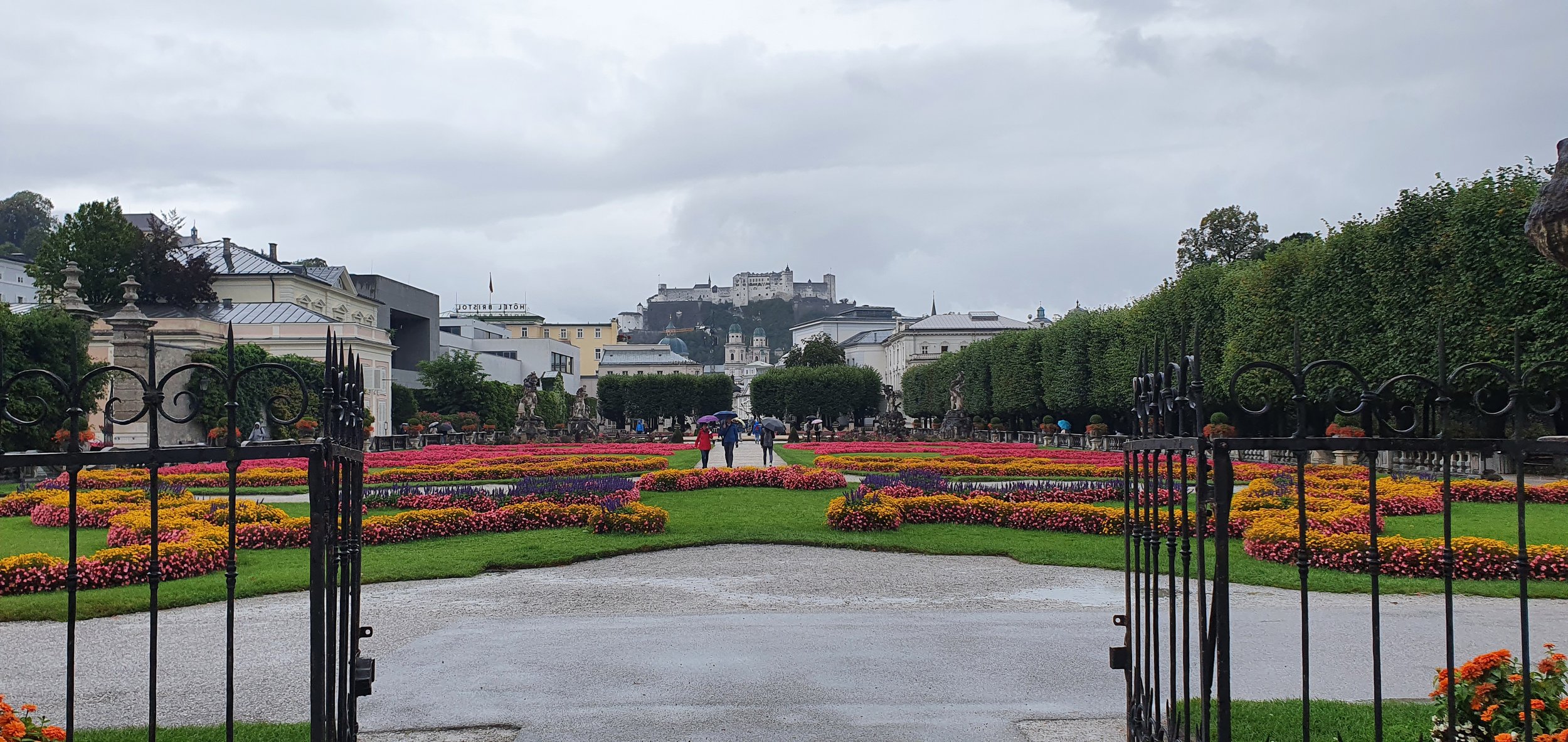

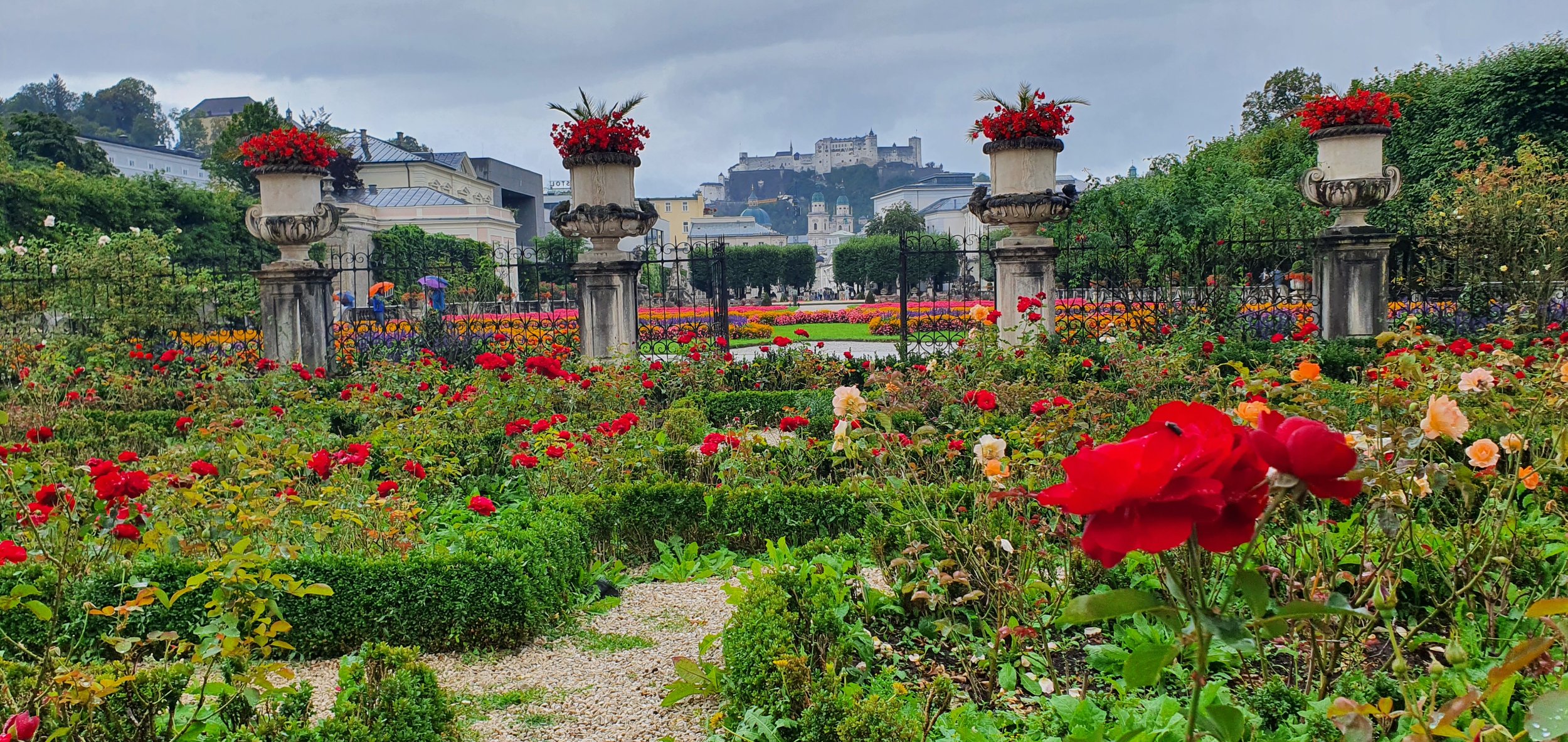
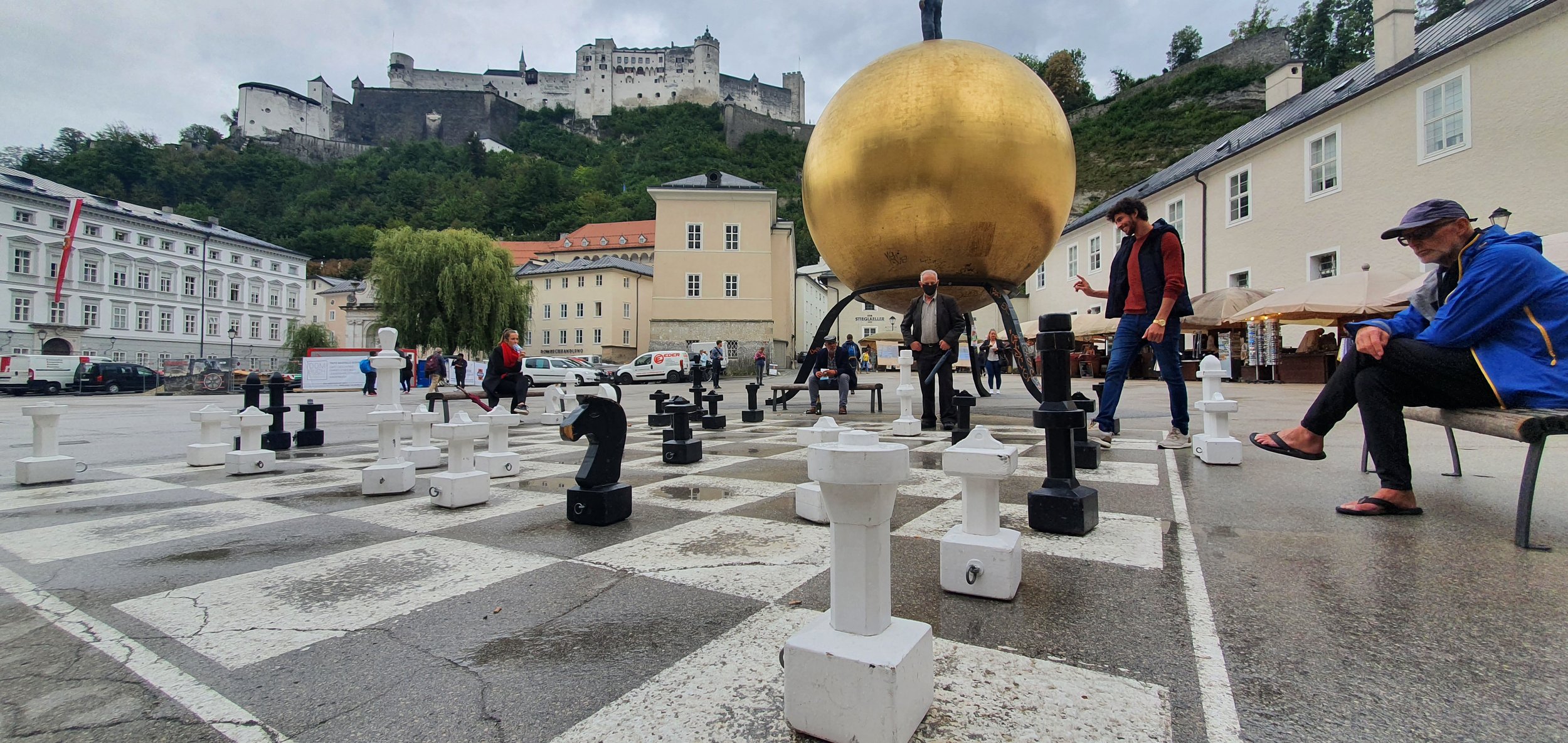






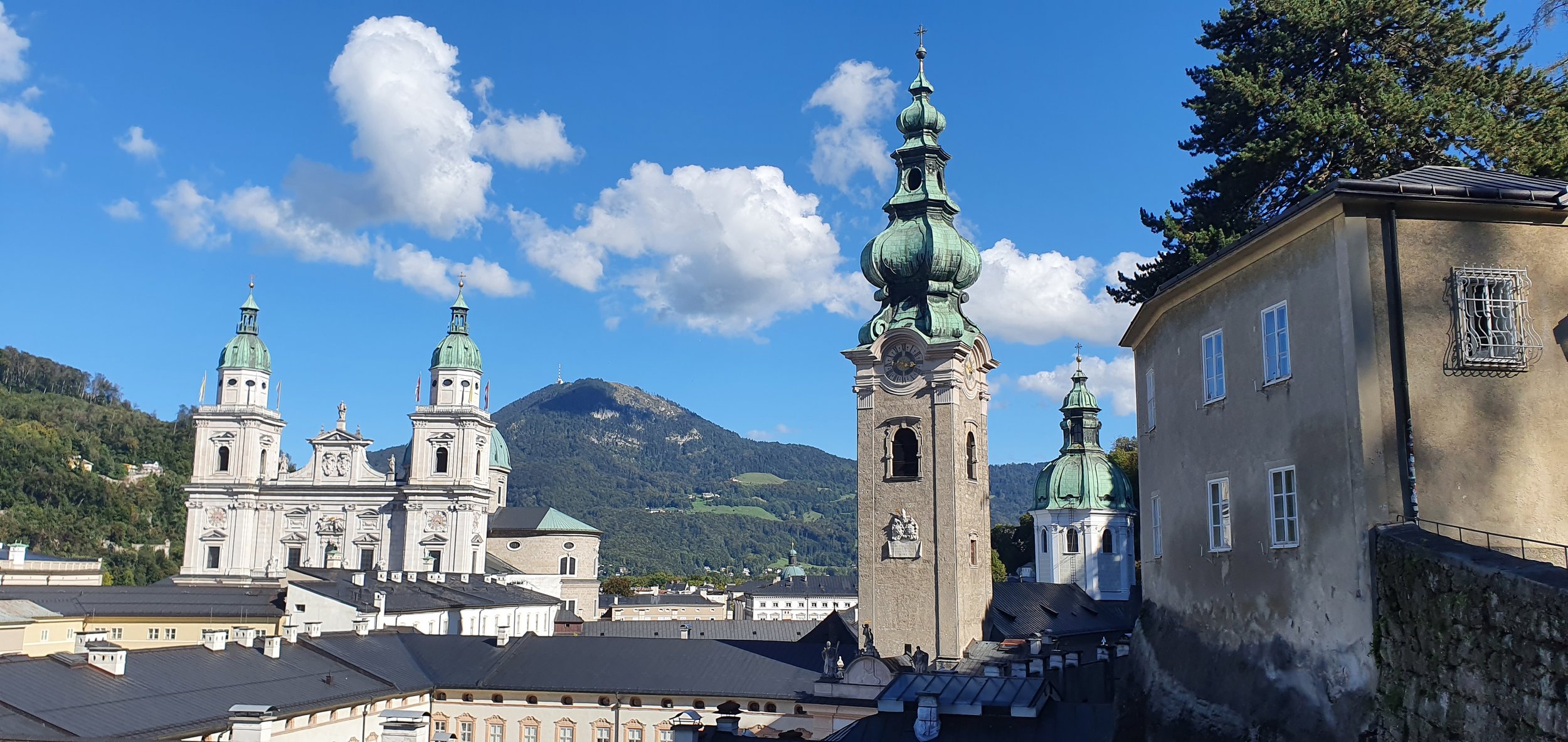





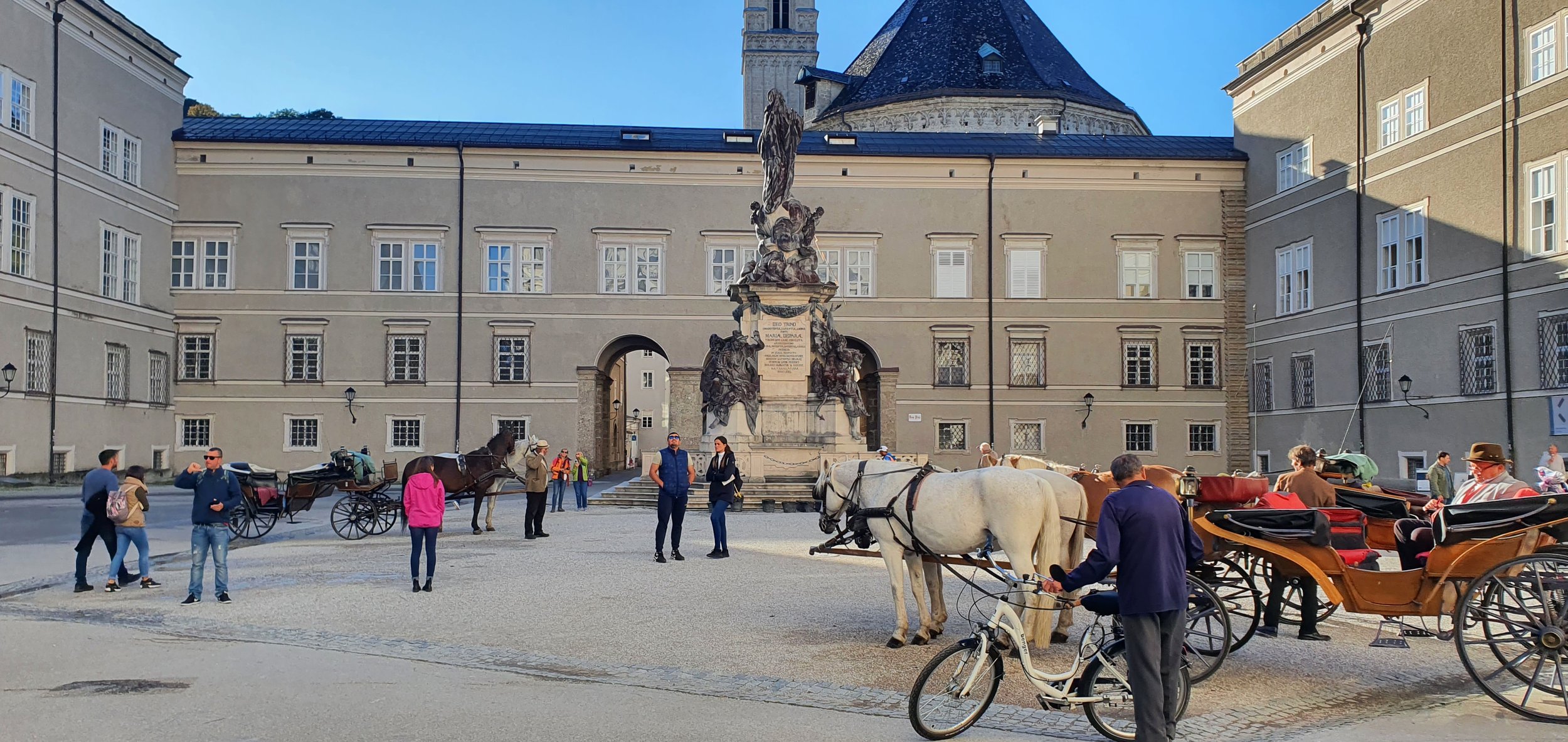


![Ice caves Wefren - Werfen's "Eisriesenwelt" [world of ice giants] is actually the world's biggest ice cave: The cave system extends more than 42 km deep into the mountain. The first section, about a kilometer in length, features imposing ice formatio](https://images.squarespace-cdn.com/content/v1/64a021b36f9f38433b9c30b6/41e5b27b-113e-49a0-a3ad-b7c2917c21d6/20200925_101641.jpg)